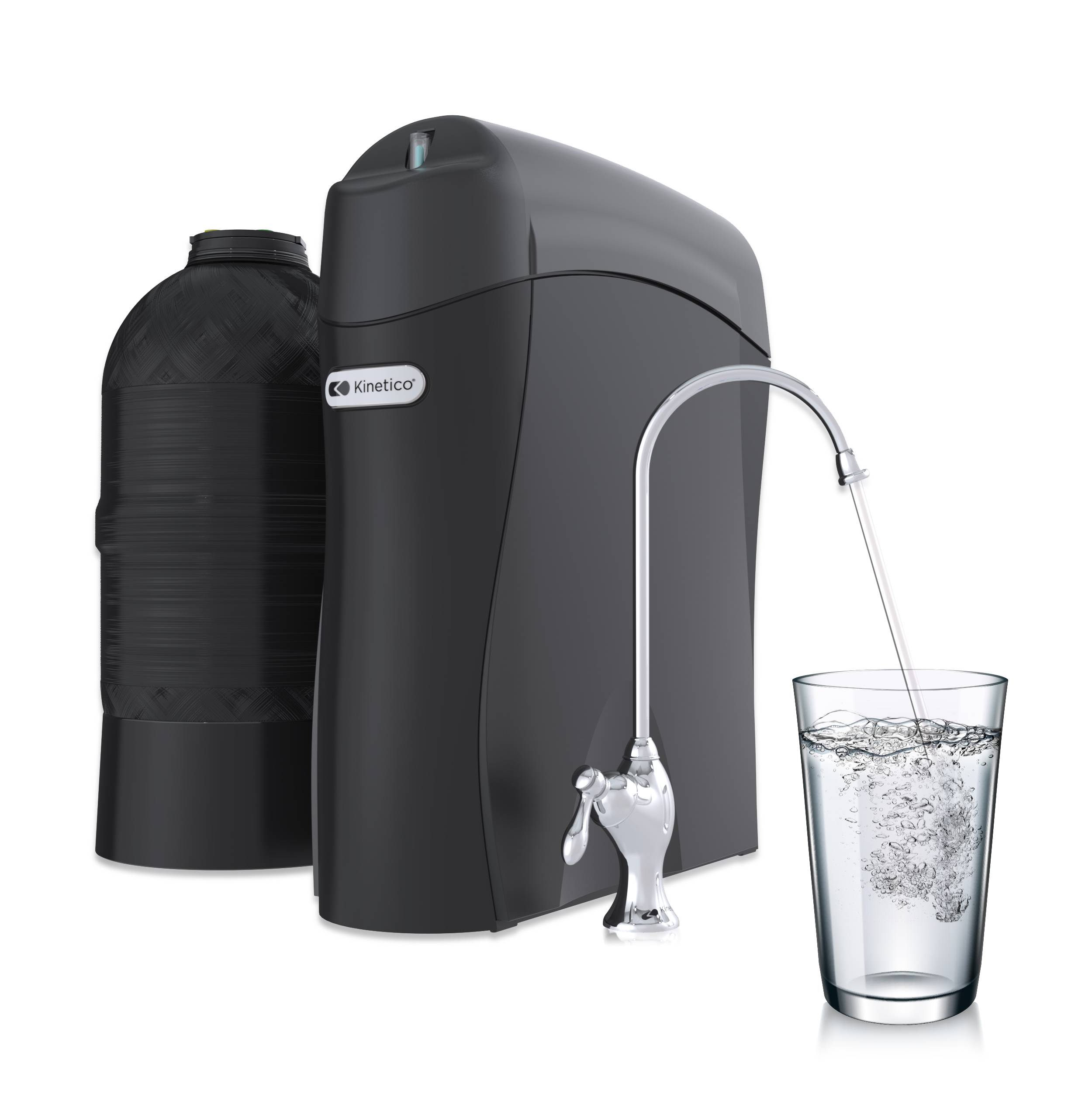In August, I was able to visit northern Ethiopia to look at some of the drinking water issues. As you might guess, there are many, ranging from polluted water to almost no water at all. That made it interesting to discover the inhabitants of Adwa and Aksum rely on a reservoir. The reservoir water is treated first by aeration to oxidize iron, then with a flocculant which attracts dirt like a magnet, slow sand filtration to remove the floc, and finally chlorination to disinfect. This level of treatment is actually standard practice for many municipalities in more developed countries.
I brought with me a kit to test for coliform bacteria – the kind of bacteria normal to the human gut. Most are not harmful, but you probably have heard of a bad one that represents fecal coliforms: E. coli. I tested multiple faucets where I was staying in Adwa and found no coliforms at that moment in time, including no E. coli. This water is typically provided by a single tap to a group of households. It is relatively unusual for Ethiopians to have fairly easy access to water, so what I observed might be considered a model for “best practices” in the country.
Outside Adwa and Aksum, however, the situation was more like what I was expecting, which is to say dire. With the help of a guide, my two Kinetico co-workers and I took a half hour ride out of Adwa to Gendebta. As we hiked along paths through farm fields, we first passed a hand dug well and a manually pumped well, then another manually pumped well, and finally came to a muddy hole that water seeps up into.
The first pump did not work, so the hand dug well was being used for livestock and humans to drink from. It tested positive for total coliforms and E. coli. Further away, the second pump did produce water, but only during the very short rainy season.
The photo shows a barefoot girl filling and carrying a 20-liter container for her family. The jerrycan is carried using a length of rope across her chest. While her journey home that day was fairly short, that water still weighs about 44 pounds.
After hiking for an hour, we came to the source of water people use when the shallow wells no longer produce. As I watched, a mother and daughter filled their clay water jugs, skimming the less muddy water from the top. Livestock stand in the puddle to drink from it as well. In the 10 month dry season people travel by foot over great distances to collect their water here. They collect water early in the morning until it runs out. Then they wait until the afternoon when it has refilled a bit. This source tested positive for coliforms.
While the people of Adwa and Aksum are fortunate to have a year-round source of water that is relatively safe to use, most of the country does not. Those who collect for their households are primarily girls and women travelling long distances to carry heavy loads, perhaps more than once a day.
When I returned home and opened the tap, I just stared for a moment, appreciating what I have and thinking further about how I can help.


